By Penny Theodorakopoulou,
The latest game from Hazelight, the developers of It Takes Two, the 2021 Game of the Year (GOTY), is Split Fiction (2025).
Few video games are able to combine intense action, complex narrative, and stunning graphics all at once. That is precisely what Split Fiction (2025) accomplishes, offering a multiversal adventure full of intrigue, fierce battle, and likable characters. Players are encouraged to plunge headfirst into turmoil while still being engrossed in the game’s story and world-building. Split Fiction has plenty to offer everyone, whether you’re an experienced player seeking an immersive experience or a novice to fast-paced action role-playing games. Let’s dissect it individually.
A lore that bends reality
Split Fiction takes players on a reality-warping adventure through a collapsing multiverse without giving away too much. The game takes place in a universe that is on the verge of collapse, where different dimensions and broken histories intersect. Gamers assume control of an enigmatic lead character known only as “The Riftborn”, a creature with the ability to switch between realities in order to bring about harmony —or further upset it. Our protagonists, Mio and Zoe, must find a way to “unwrap” themselves from being trapped together in their shared capsule, as they hunt down glitches and switch in-between completely different worlds: Mio writes sci-fi stories, whereas Zoe enjoys writing fantasy-related stories.
The world-building has obviously been carefully considered by the developers. From neon-lit cyberpunk cities to abandoned medieval kingdoms, every dimension has a unique flavor and is full of its own lore, factions, and battles. A sense of mystery is created via the game’s cryptic speech and concealed messages, which give players the impression that they are solving a huge puzzle. Split Fiction offers mythology fans a deep, engrossing world that begs for investigation.
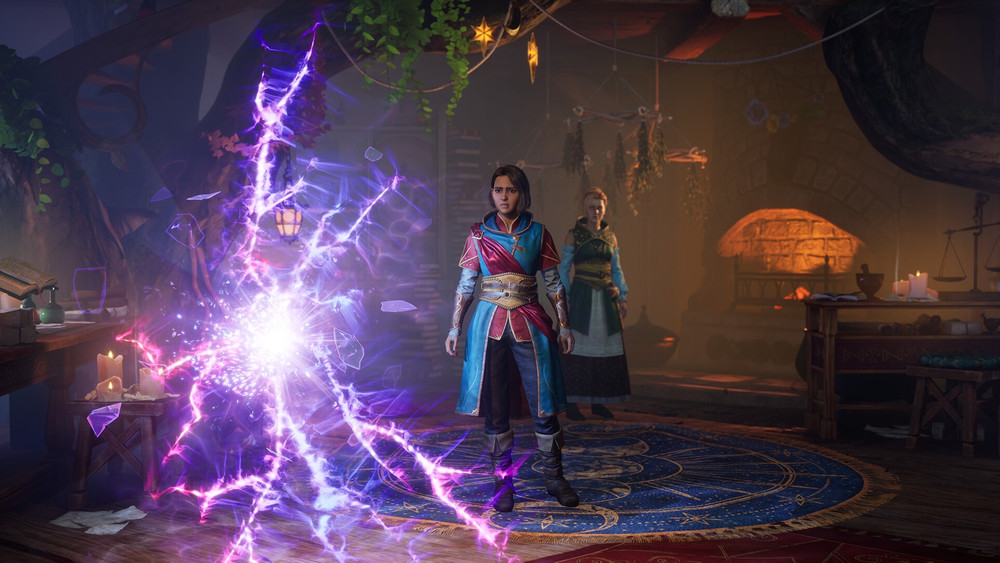
A visual spectacle
Split Fiction is a masterwork in terms of graphics. It has incredibly detailed backgrounds, smooth character animations, and a striking use of light and shadow, all powered by the most recent version of Unreal Engine. The dynamic changes in landscape are made possible by the multiverse’s fluctuating nature; one minute you’re in a future city that is immaculate, and the next you’re in a post-apocalyptic wasteland. These smooth transitions contribute to the dreamlike feel of the game.
Character designs, which combine aspects from several genres to create a unified style, are equally amazing. Every element feels painstakingly created, whether it’s a cyber-assassin wearing glitching armor or a battle-hardened knight brandishing a plasma blade. Players are left in awe by the game’s visual storyline alone.
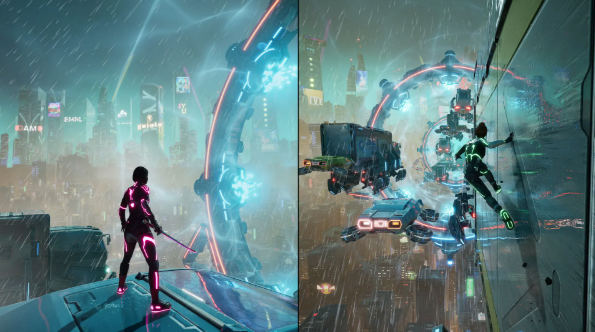
Gameplay: Fast, fluid and ferocious
Fundamentally, Split Fiction is an action role-playing game that skillfully combines strategic decision-making with hack-and-slash gameplay. Players are rewarded for accuracy, ingenuity, and flexibility in the fast-paced combat game. Whether it’s employing eldritch creatures, dual-wielding energy katanas, or reality-warping skills to control the battlefield, every character has a distinct fighting style.
The “Split System,” one of the game’s most notable features, lets players switch between parallel, differently equipped versions of their character in the middle of combat. Players are encouraged to modify their tactics in real time as a result of the tactical depth this brings. In order to defeat tall, reality-bending opponents, boss bouts are especially fierce and call for both quick reactions and strategic thought.
I’d also like to quickly mention Split Fiction’s innovation: the Side Stories. In Hazelight’s previous games, we only had the “main quest”, so to speak. In Split Fiction, apart from the main story, in each level you get to play and experience Side Stories, which are small, alternative stories and can vary. Let’s say it’s the multiverse in the multiverse, as players get to experience new worlds: from surfing on the wide sea, riding gigantic worms, to watching the Sun’s final moments as you have to save the planet before it explodes. You can always skip them, of course, but if you come across them, please do make a visit, and I’m sure you won’t regret it… well, at least those who are fun and not that difficult.
Apart from the Side Stories, players can solve environmental puzzles, visit several realities, and take part in dialogue-driven side quests that influence the game’s plot outside of combat. Split Fiction offers an experience catered to your playstyle, whether you’re a player who loves exploring world knowledge or who demands nonstop action. Having played all Hazelight’s games (A Way Out, It Takes Two), I can definitely say that Split Fiction is not quite friendly with its players, as it’s by far the most difficult (or demanding one, to be specific) in terms of combat and player collaboration. The two players must communicate with each other quickly, or they’ll keep dying —just like I did with my friend, but we made it through in the end.
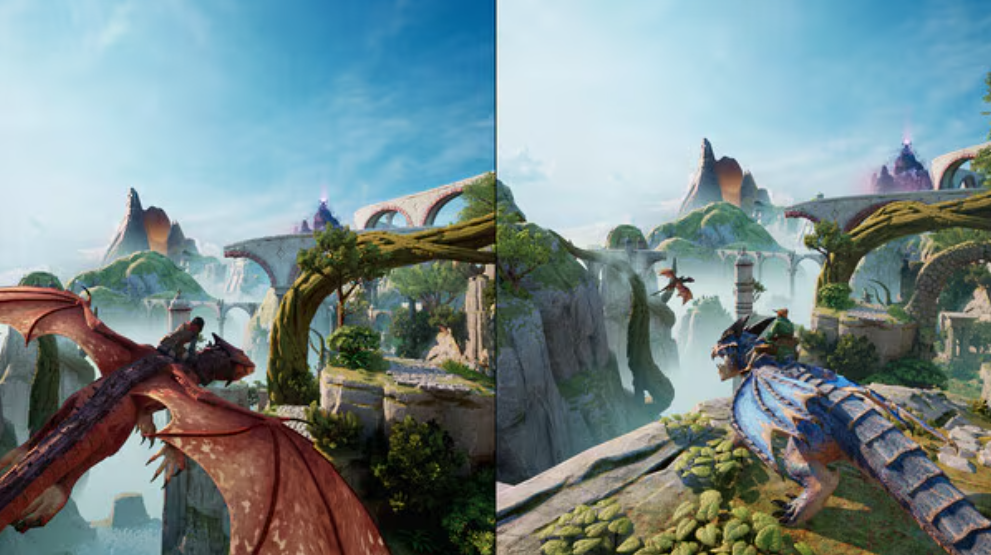
Controls and accessibility
The game’s accessibility is one of its greatest advantages. Combat feels rewarding without being overpowering because to the snappy and fluid controls and simple combos. Split Fiction has several difficulty settings and an adaptive AI that adjusts encounters to player skill levels, making it a good choice for individuals who are new to action-heavy role-playing games.
Strong accessibility features including audio descriptions, colorblind modes, and adjustable control schemes are also included in the game. It is admirable that the makers made Split Fiction playable for a broad audience with these features.
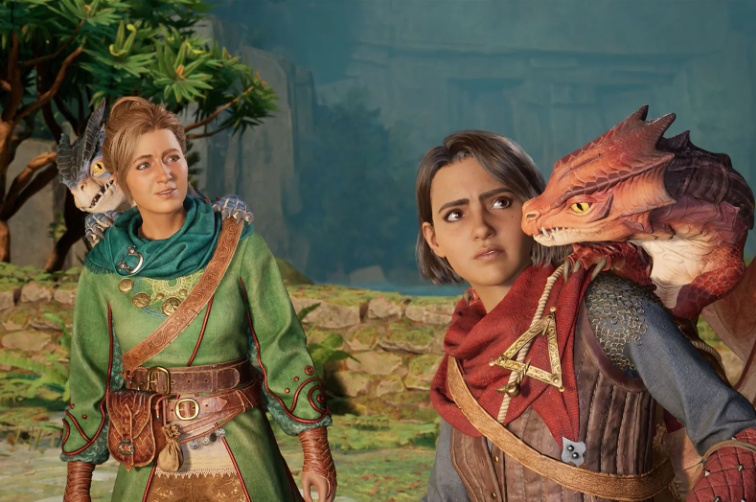
Story immersion and character development
Split Fiction is one of the few games that effectively balances action with story. Through emotionally charged scenes, surprising turns, and philosophical implications regarding identity, fate, and free will, the game’s compelling plot keeps players interested. Those who take the time to delve into the game’s numerous hidden nuances will be rewarded with the story’s development through cutscenes and environmental storytelling.
Another feature is character development. A mystery at first, our two protagonists, Mio and Zoe, eventually come to light as players get to experience and learn their background. With their own arcs and motivations, the supporting cast is just as interesting. As the story progresses, the relationship between the two protagonists changes, as they both get to know each other better about their past and why they ended up writing stories and wishing to publish them.
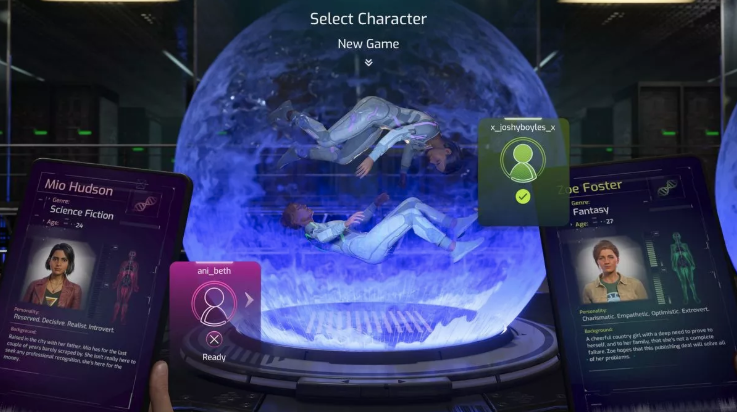
Do we have this year’s Game of the Year?
Given these glowing reviews, it is only natural to wonder if Split Fiction would win the coveted Game of the Year award. Both players and critics appear to agree. Split Fiction distinguishes out because of its ambitious plot, inventive mechanics, and pure polish, despite the intense competition from other big titles fighting for the title. Split Fiction is a game that will be discussed for years to come, regardless of whether it wins the grand prize.
Split Fiction is unquestionably one of the greatest video games of the year because of its stunning graphics, rich backstory, fluid combat, and emotionally compelling plot. It offers a multiversal journey that is both thrilling and thought-provoking, pushing the limits of what an action role-playing game can be. Split Fiction is excellent in every way, whether you’re interested in its battle, world-building, or narrative complexity.
My personal final score: 9.8/10
References
- ‘Split Fiction’ Might Just Be the First Big Co-Op Game of 2025. Rolling Stone. Available here
- How Hazelight Studios makes Split Fiction’s genre-bending gameplay make sense. Store epicgames. Available here
- Split Fiction Review. ign. Available here
- Split Fiction Review – It Takes Pew Pew. gamespot. Available here
- Split Fiction Review. pcgamer. Available here
- Split Fiction review – It Takes Two 2. rockpapershotgun. Available here




